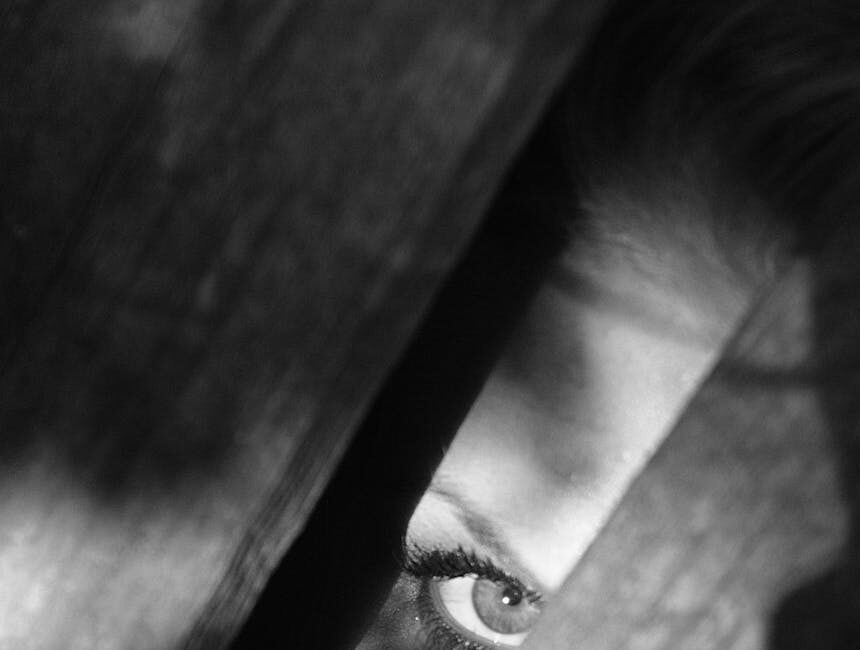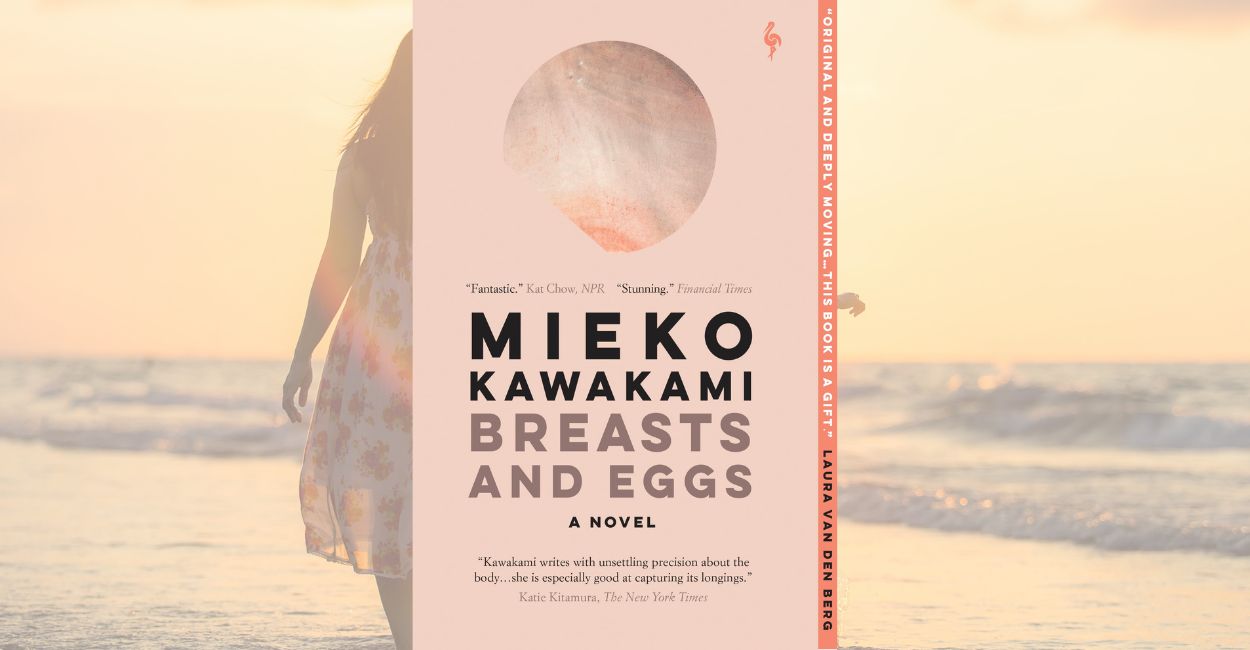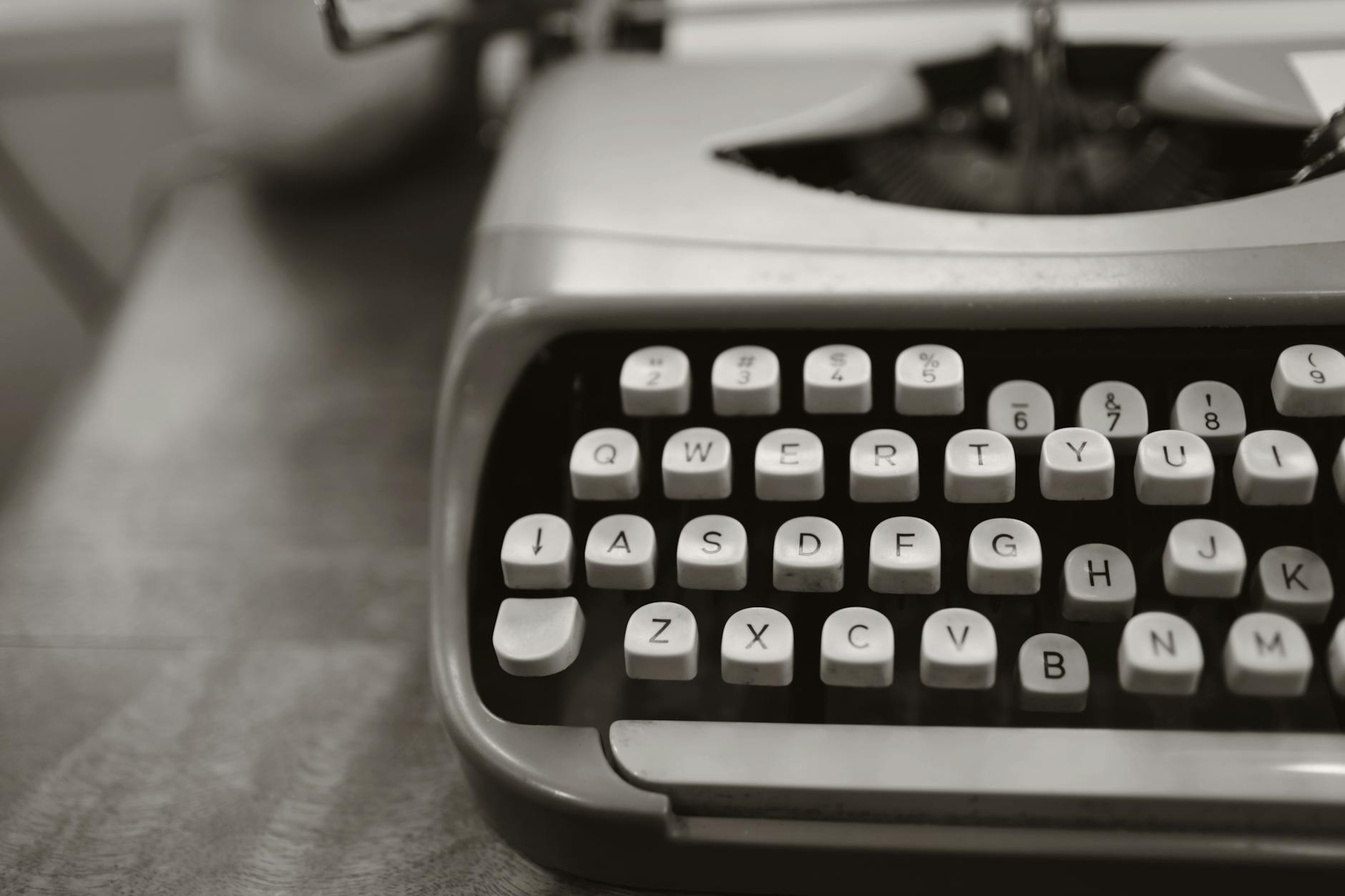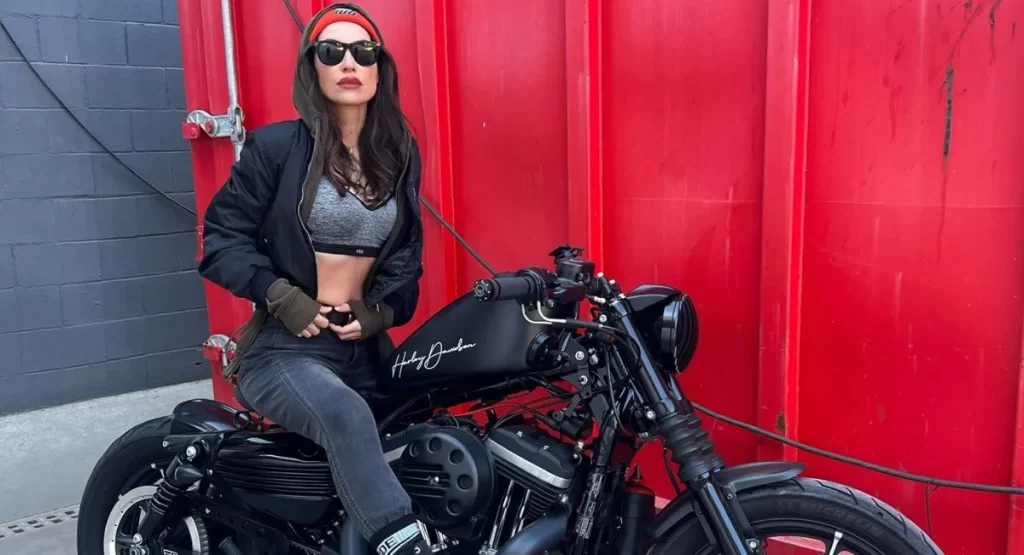(Almost) every fictional character wears something, so clothing is a big part of literature, right? Actually, often not. But apparel can be unusually prominent in certain novels — and can say a lot about protagonists and how they’re viewed by others.
After all, a character’s garb might signify wealth or poverty, good taste or bad taste, a certain ethnicity, major life changes, flirtatiousness, machismo,and much more. So, let’s get in “gear” and cite some examples…
I’m still reading Irving Stone’s The Agony and the Ecstasy, and one memorable part of that biographical novel about Michelangelo is the contrast between him and another legendary artist — Leonardo da Vinci. Michelangelo (1475-1564) is the scrappy younger upstart who’s often too poor and always too obsessed with work to pay much attention to what he wears, while the more patrician da Vinci (1452-1519) dresses quite well.
Then there’s the scene in Margaret Mitchell’s Gone with the Wind in which Scarlett O’Hara wears a dress made from a green curtain. That illustrates her determined attempt to persevere during bad times, though it doesn’t help her get a much-needed $300 from Rhett Butler to pay the taxes on Tara.
Take away a “t” from the name Scarlett, and you have part of The Scarlet Letter title. In Nathaniel Hawthorne’s classic, Hester Prynne is required to wear an outfit with a sewed-on “A” for adultery that obviously spotlights her outcast status, though Hester’s likable stoicism is such that we feel the “A” stands for “admirable.”
Also admirable is the down-to-earth title character in Charlotte Bronte’s Jane Eyre who refuses to dress like a wealthy woman after getting engaged to the rich Rochester — a big contrast to the finery worn by Blanche Ingram, the shallow snob Rochester was supposedly interested in. Jane even wears modest attire to her fateful wedding ceremony.
And the Jane Eyre scene featuring a certain major character dressed as a fortune-teller exemplifies how clothing can be used as a disguise in literature. Quite the case as well in Isabel Allende’s Daughter of Fortune, in which protagonist Eliza Summers disguises herself as a man to help get by in the male-dominated milieu of California’s 1849 Gold Rush.
It wasn’t the case with Jane, but one’s income usually affects the way a character dresses. There are few better examples of that than in the Mark Twain role-reversal novels The Prince and the Pauper and Pudd’nhead Wilson. If a rich person looks poor and a poor person looks rich, clothes are a big cue for buying into that mistaken identity.
When Delia Grinstead suddenly leaves her husband and almost-grown children in Baltimore to live in a small Maryland town, she buys a distinguished-looking gray dress that helps change her psychological identity from unappreciated homemaker to assured professional. That’s in Anne Tyler’s Ladder of Years.
Former Irani military man Massoud Behrani leaves his American abode each day wearing an immaculate suit before changing into a work outfit for his menial job picking up litter in Andre Dubus III’s House of Sand and Fog. Obviously, clothing can say a lot about ego, pride, and keeping up appearances.
In sports novels, the way characters look in uniform vs. everyday togs can be telling. Baseball phenom Joe Castle is the picture of youth and success in his Chicago Cubs uniform, but becomes a poignant figure in small-town groundskeeper garb after tragedy strikes in John Grisham’s Calico Joe.
Speaking of genre novels, it would take a whole other post to describe how important a person’s and a society’s wardrobe is in many time-travel, science-fiction, and fantasy books.
Novels can even have clothing references in their titles, which certainly give garments a prominent place in such books. One example is Herman Melville’s White-Jacket, named after a 19th-century naval uniform (military attire is often found in fictional works). There’s also Sloan Wilson’s The Man in the Gray Flannel Suit, about matters such as conformity and materialism; and Ann Brashares’ The Sisterhood of the Traveling Pants.
And clothing can be a major book theme in addition to something characters wear. For instance, Emile Zola’s The Ladies’ Delight is set in a 19th-century department store that sells all kinds of women’s apparel, even as that big-box behemoth devastates small shops and the surrounding Parisian neighborhood. Not a result that leaves readers in “stitches,” though the novel also has a romantic aspect.
The article credited to Dave Astor on Literature



















